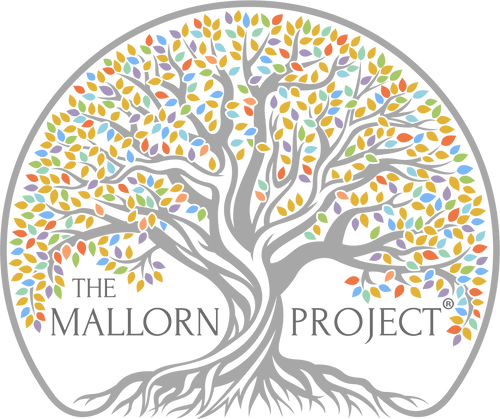The new UN High Seas Treaty is a huge win for biodiversity and climate!
WHAT IS IT?
🌊 First-ever UN treaty to protect biodiversity in areas outside national boundary waters (“high seas”), 2/3 of Earth’s oceans, agreed in principle on Mar 4, 2023.
WHY DOES IT MATTER?
🌐 Oceans and atmosphere are top 2 global commons.
🌏 Protecting oceans is critical to our Planet’s health and to achieve UN Biodiversity Conference’s 30x30 pledge to protect 30% of its oceans (and land) by 2030.
🐳 Oceans produce 1/2 of our oxygen, absorb 25% of CO2 emissions (world’s biggest carbon sink) and 90% of Earth’s excess heat, are home to 94% of wildlife, and comprise 95% of the biosphere! And much about them is undiscovered.
⚠️ High seas have been harmed by human activities, like over-exploitation via commercial fishing and mining and pollution by chemicals and plastics.
WHAT DOES IT DO?
👏 Recognizes high seas as “common heritage of humankind”.
🐠 Creates roadmap for putting 30% of Earth’s high seas into Marine Protected Areas (“MPAs) aka “national parks of the sea” by 2030.
💰Puts more money into marine conservation.
💦 Sets rules for doing environmental impact assessments of commercial activities in oceans.
🐢 Connects patchwork of treaties and rules so threats to marine species can be globally addressed, especially for those like dolphins, whales, sea turtles and many fish with yearly cross-country and high seas migrations.
🧬 Enables sharing of marine genetic resources (MGR) and profits from them.
👍 Helps marine biodiversity and coastal economies and supports sustainable development.
BUT QUESTIONS REMAIN…
❓Will it live up to its potential and make a difference?
❓Will it be legally agreed?
❓What will details be, like protection level – fully protected or sustainable use?
❓How will it be implemented?
WHAT YOU CAN DO
🛟 You, a regular person, can influence the treaty’s next steps.
🗣️ How? Talk about it!
🙏 The more people know about the treaty, the more attention it gets, and the more pressure builds on governments to legally agree on and effectively implement it ASAP.
WHAT IS IT?
🌊 First-ever UN treaty to protect biodiversity in areas outside national boundary waters (“high seas”), 2/3 of Earth’s oceans, agreed in principle on Mar 4, 2023.
WHY DOES IT MATTER?
🌐 Oceans and atmosphere are top 2 global commons.
🌏 Protecting oceans is critical to our Planet’s health and to achieve UN Biodiversity Conference’s 30x30 pledge to protect 30% of its oceans (and land) by 2030.
🐳 Oceans produce 1/2 of our oxygen, absorb 25% of CO2 emissions (world’s biggest carbon sink) and 90% of Earth’s excess heat, are home to 94% of wildlife, and comprise 95% of the biosphere! And much about them is undiscovered.
⚠️ High seas have been harmed by human activities, like over-exploitation via commercial fishing and mining and pollution by chemicals and plastics.
WHAT DOES IT DO?
👏 Recognizes high seas as “common heritage of humankind”.
🐠 Creates roadmap for putting 30% of Earth’s high seas into Marine Protected Areas (“MPAs) aka “national parks of the sea” by 2030.
💰Puts more money into marine conservation.
💦 Sets rules for doing environmental impact assessments of commercial activities in oceans.
🐢 Connects patchwork of treaties and rules so threats to marine species can be globally addressed, especially for those like dolphins, whales, sea turtles and many fish with yearly cross-country and high seas migrations.
🧬 Enables sharing of marine genetic resources (MGR) and profits from them.
👍 Helps marine biodiversity and coastal economies and supports sustainable development.
BUT QUESTIONS REMAIN…
❓Will it live up to its potential and make a difference?
❓Will it be legally agreed?
❓What will details be, like protection level – fully protected or sustainable use?
❓How will it be implemented?
WHAT YOU CAN DO
🛟 You, a regular person, can influence the treaty’s next steps.
🗣️ How? Talk about it!
🙏 The more people know about the treaty, the more attention it gets, and the more pressure builds on governments to legally agree on and effectively implement it ASAP.


